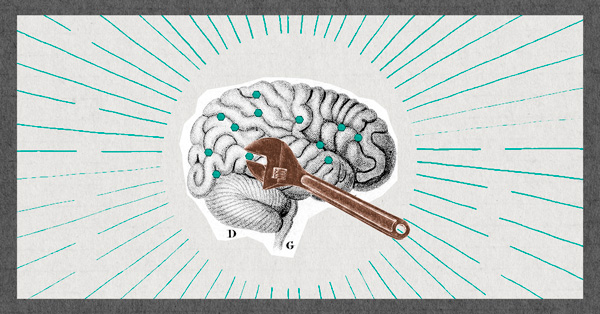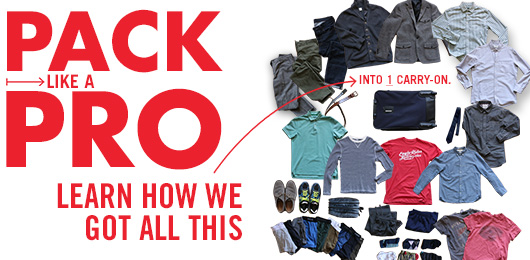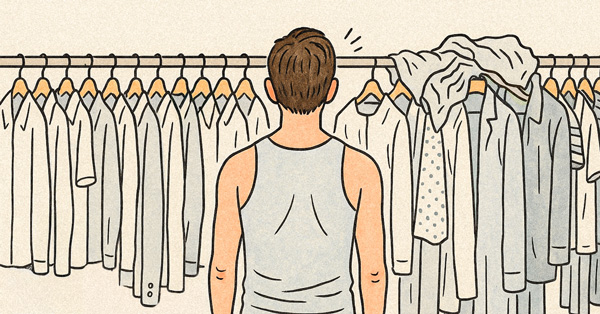I was recently enthralled by a TED talk from Simon Sinek on how great leaders inspire action. Sinek repeats the mantra “People don’t buy what you do; they buy why you do it.” Customers are far less interested in your product than you think. They are interested in why you use your product and why they should use your product. They aren’t interested in what you make; they are interested in what you believe that inspires you to make it.
This started me thinking about a fundamental question in markets: What are customers really paying for when they buy a good or a service? Let’s trace backwards from the obvious to the less obvious. At the simplest level, customers buy a product. As a useful example, let’s examine Jill buying an iPhone. Jill buys an iPhone because she likes the features of the phone. She likes the simplicity of the iPhone’s operating system and the sleek look of the device. But is that all? No, that’s not the half of it.
Jill buys that iPhone not just because of the aluminum, glass, and electronics that comprise it, but because of all the complementary services that accompany it. Perhaps she has heard that Apple has excellent customer service. Perhaps she likes that she can walk into a local Apple store and get technical support. Perhaps she likes the myriad of accessories available for the iPhone. In any case, Jill’s desire for the iPhone is not limited to the product itself, but extends to all the complementary products that are opened to her when she buys the iPhone. But we’re not there yet.
Even after we escape to the higher level of complementary products, there’s still a level deeper. Jill buys the iPhone because she desires abilities that the iPhone makes possible: easily texting her friends, playing casual games, checking her email on the go, Googling an unfamiliar word. Jill is paying for the abilities that the iPhone makes possible, not just the iPhone itself. Perhaps she also views the iPhone as posh and desires to look trendy by using one. Jill swipes her card to buy a box of metal, glass, and plastic, but she is really buying abilities—abilities to act and look in certain ways that are important to her. But we’re still not there yet.
Beyond the product, beyond complementary products, beyond the abilities the product enables, there’s another level: feelings. Consumers are ultimately paying for feelings. At the end of the day Jill buys that iPhone because of the feelings it will give her, both directly and indirectly. She wants to feel relieved that she’s caught up on email even though she’s traveling without a laptop. She wants to feel connected to someone when she uses the Bump app to exchange contact information. She wants to feel informed and confident by keeping apprised of the weather, markets, or whatever news niche she may enjoy. Jill has a whole laundry list of feelings that she likes, and the iPhone helps her realize them. Even work is oriented towards the goal of positive feelings. Jill desires the iPhone for work because it enhances her productivity, leading to achievement. Jill’s iPhone doesn’t enable work; it enables achievement, recognition, and self-actualization.
This phenomenon is applicable to all products and services. The iPhone is just a handy example. If you drill down into any product from water bottles to gasoline you’ll find feelings driving customers to purchase them. Gasoline enables you to drive your car, get to work, and earn a living to sustain your family. Sustenance leads to almost every positive feeling you can enjoy, and it prevents a whole host of negative feelings. Is it any wonder that consumers are so price insensitive when buying gasoline?
The entirety of life and perception takes place as electro-chemical reactions in your brain we call feelings. Figure out the ultimate feeling that your customer seeks and enable it. Product developers often talk about this issue, but rarely in these terms. They talk about atmosphere, culture, aesthetics, intangibles—but those are just the means to an end: feelings. They are absolutely useful concepts, but still a means to the end, not an end within themselves.
Furthermore, a customer’s every step in your business, every interaction they experience, all give them feelings, and that is part of how your product is being judged. Everyone who walks through your doors subconsciously keeps a mental checklist of positives and negatives and adjusts the score as she goes. How does your business look? Is the customer greeted when she enters? Does she know where to go when she enters? Is the business clean? Is the staff friendly? Notice that we haven’t even introduced the nitty gritty product yet and she has already subconsciously scored you on many metrics. Feelings of safety, belonging, hygiene, confusion, clarity, convenience, and prestige have all contributed to a score that’s tallied before you ever meet her.
Now you may be saying “My product is so good that I can overcome all those petty things.” You may be right. A really good product that provides an overwhelming positive feeling, or leads to many positive feelings, can overcome almost anything. Consider crystal meth. Meth heads are willing to endure losing their teeth for the feeling of being high. The Soup Nazi from Seinfeld is another great example. All of us can probably name a restaurant that serves a dish so delicious that we endure horrible service or atmosphere to purchase it. Maybe you’re saying, “Sure, maybe you’re onto something, but I only care about what I actually sell. I just want it to be the best. I don’t care about all the feelings that surround it.” That’s a valid opinion. It’s also shortsighted, but if that’s what you want then go for it. However, is this really an “either-or” dichotomy? Can’t you build a great core product and optimize all the feelings that surround it? I think you can.
Just recognize the role of feelings in the satisfaction of your customers. Next time you’re debating a course of action, give consideration to how it will make your customers feel. Even when introducing a new and difficult policy change, try to phrase the decision in terms that show your intent, and show that you care for your customers. Pay attention to the little things. A long string of negative marks in your customer’s brain is a sure recipe for disaster. Customers will never say anything to you about the tiny things they notice, and they shouldn’t have to, but they are scoring you. Believe it.
Finally, you still have to produce a great product. You can’t surround a massive steaming turd with Reese’s Pieces and expect success. Your core product will certainly create feelings in your customers, and those feelings had better be good. The real room for improvement is when you already have a great product, and you’re just not getting the details right. Take a hard, objective look at how you do business and identify where your customers are getting negative feelings instead of positive ones. It could be in your core product, the lights in your parking lot, or the font on your correspondence. Finally, focus on the details. Details show that you put hard work into something, that you believe in it, and that it’s important to you. Most importantly, details show that you care, and that’s the single most powerful feeling you can offer to a customer.

















